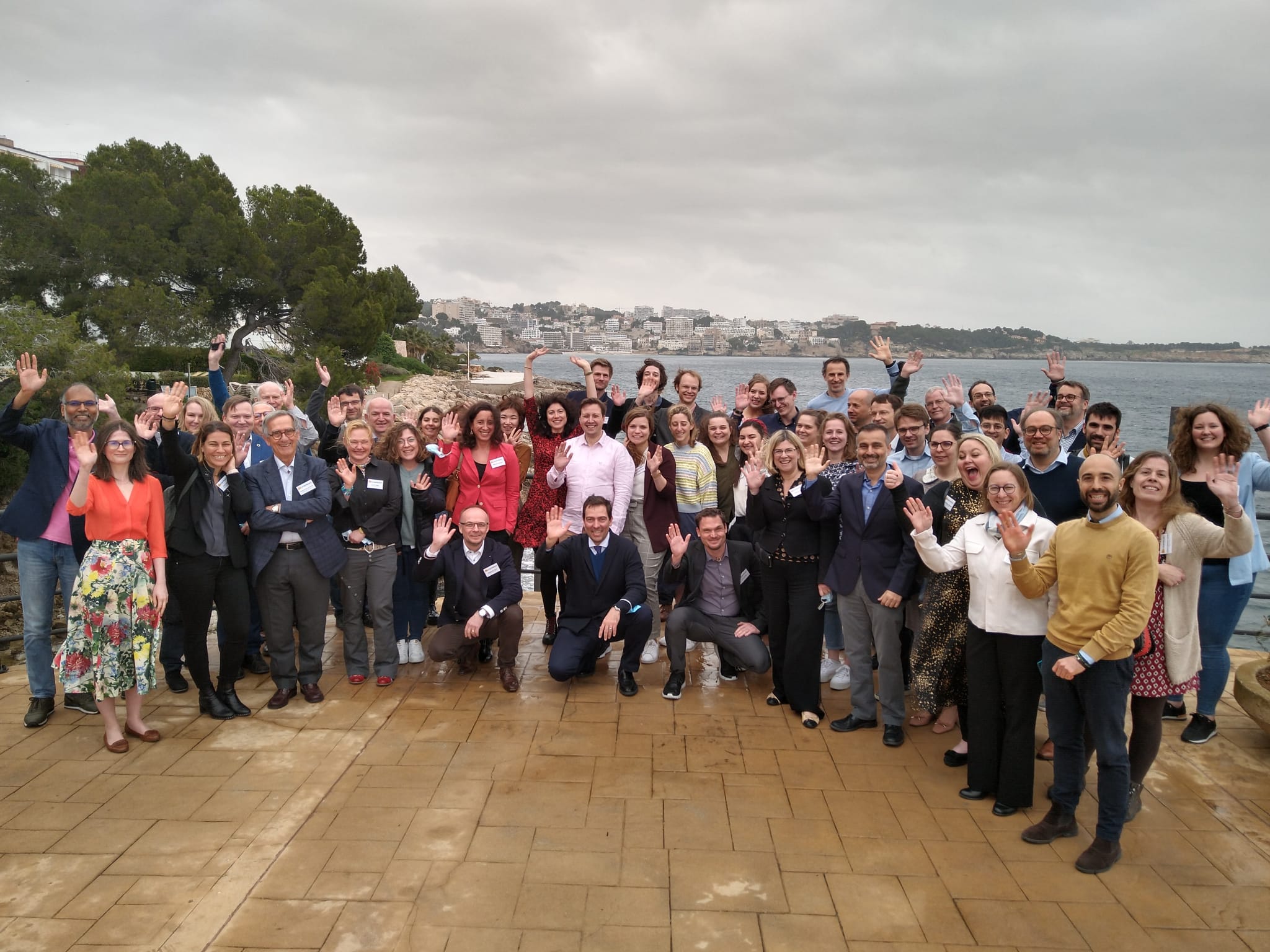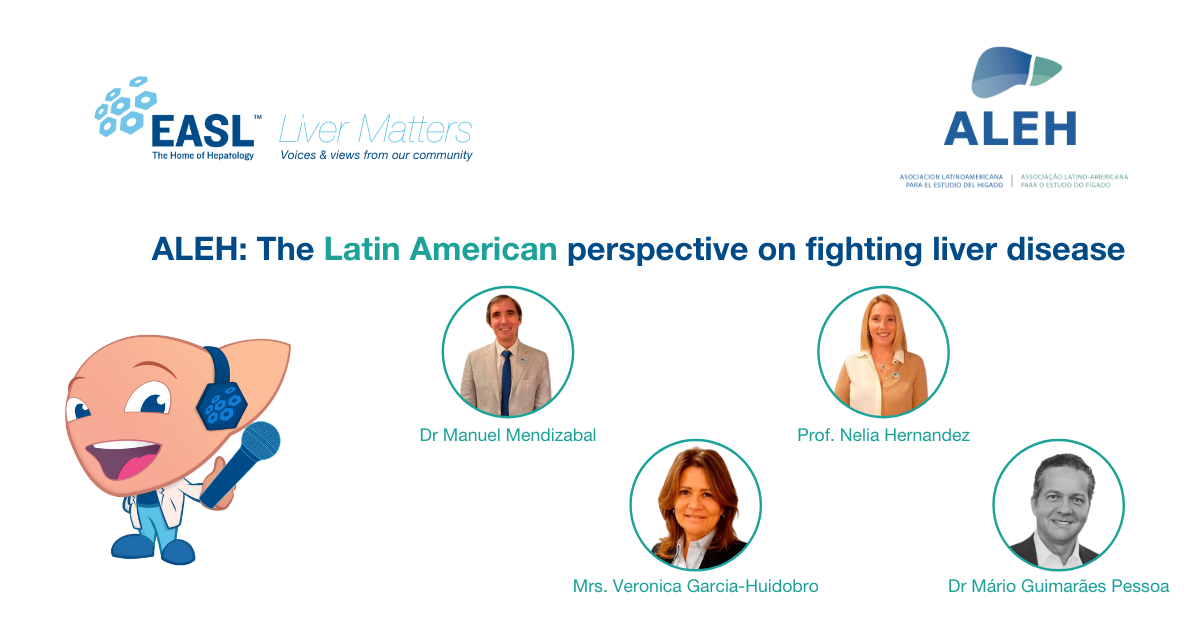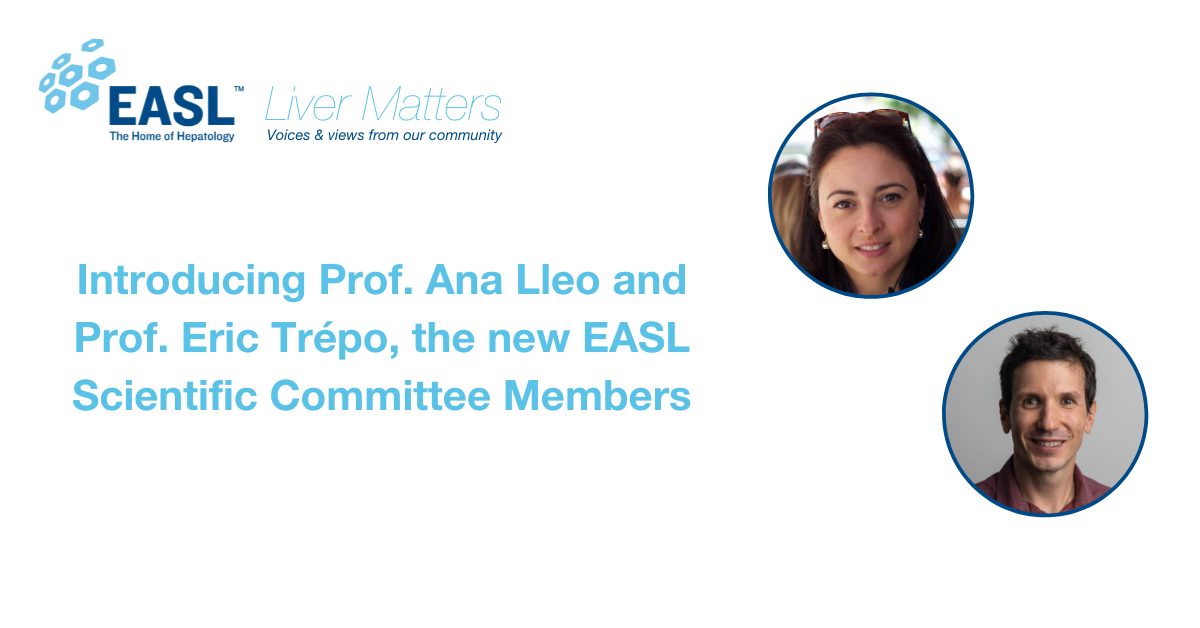Could you please summarise in simple terms the essence and objectives of MICROB-PREDICT?
We are working to understand the role of the gut microbiome in cirrhosis and in how ACLF develops. We believe that we can use different microbiome markers to help us identify patients that progress towards decompensation and ACLF, and those who are at high risk of death. These markers come in a wide variety, including the microbes themselves or their components, or even human molecules, such as proteins, lipids and metabolites.
We also believe that these markers may predict whether patients get better after treatment with specific drugs (rifaximin and albumin, in our case). Therefore, these markers could help us stratify patients and monitor them more closely, especially those who are likely to progress to decompensation and ACLF.
Ultimately, the goal of MICROB-PREDICT is to provide specific treatments to patients who are most likely to respond, while avoiding unnecessary treatment in those who will not respond. To make this easy and accessible to a broad community of healthcare practitioners, we are in the process of designing point-of-care tests (like pregnancy or COVID-19 antigen tests) that can be used either directly or with a mobile phone application.
How far are you into this six-year project? What is/are the next key step(s)?
We have already performed many high-throughput analyses in several tissues of many patients and have found many different combinations of molecules, called signatures, which we are trying to confirm now. In fact, we have already identified a signature for the response to a specific drug, which we will validate in a large clinical trial, which we hope to start this year.
Could you explain how a smartphone-based patient self-monitoring would impact the management of their disease?
This could be a very good approach to minimize the patients’ hospital visits. During this pandemic, we learned how important this is in order to protect everyone’s safety. By using smartphone self-assessments, only patients at high risk of decompensation will need to present to the hospital to receive the necessary effective treatments and timely care.
How can organisations like EASL, or the wider EASL Community, contribute to the success of this project?
EASL is crucial to MICROB-PREDICT because it can help disseminate and communicate our results to the broader community. Our findings are much more relevant if they are disseminated accordingly, and this is something that the EASL can help us achieve.








Comments (0)